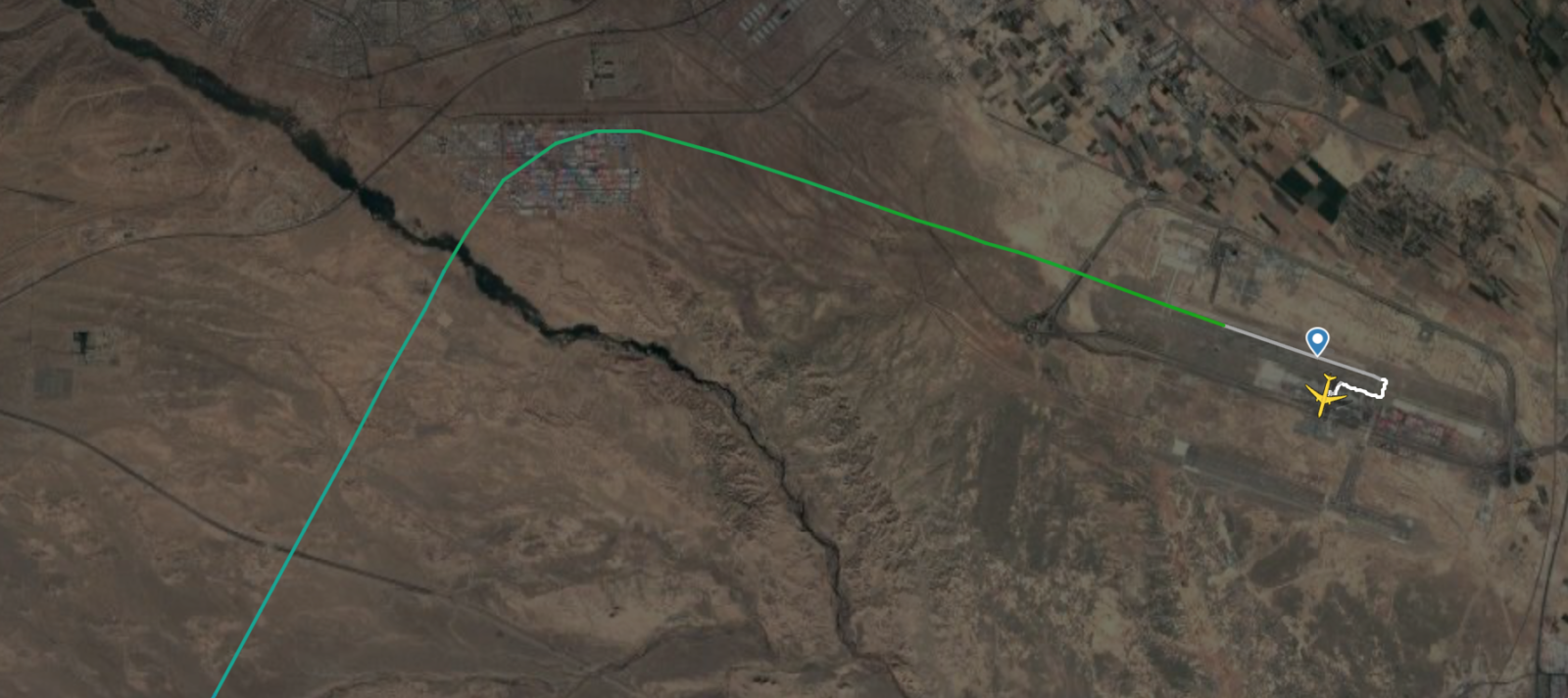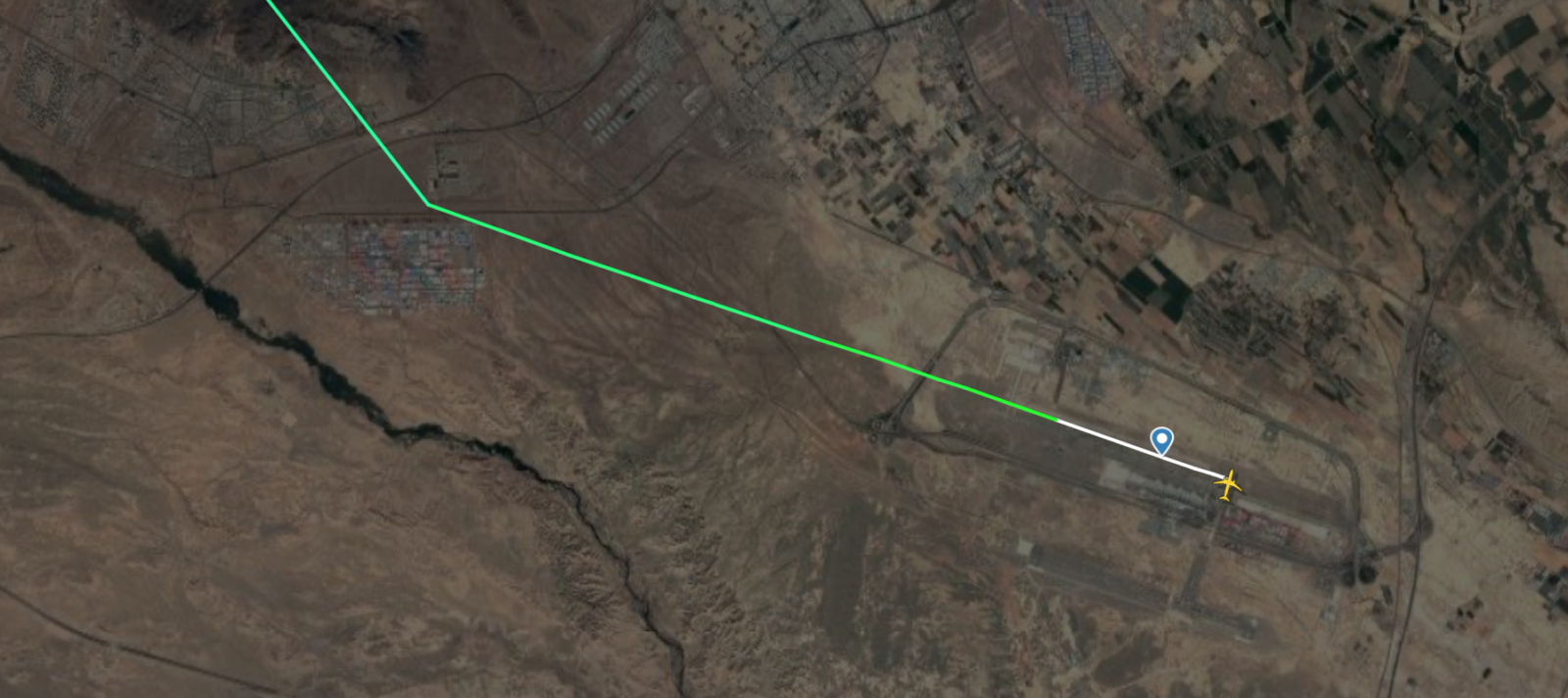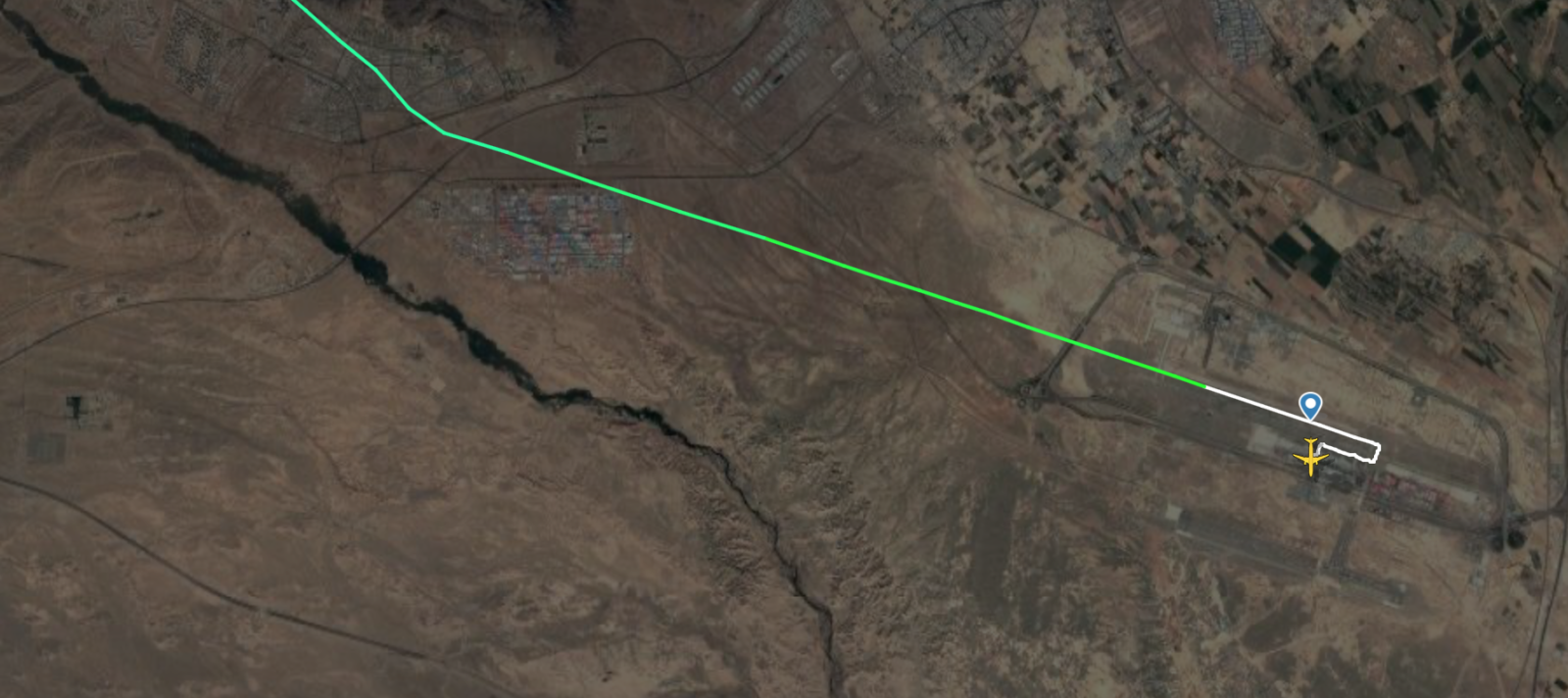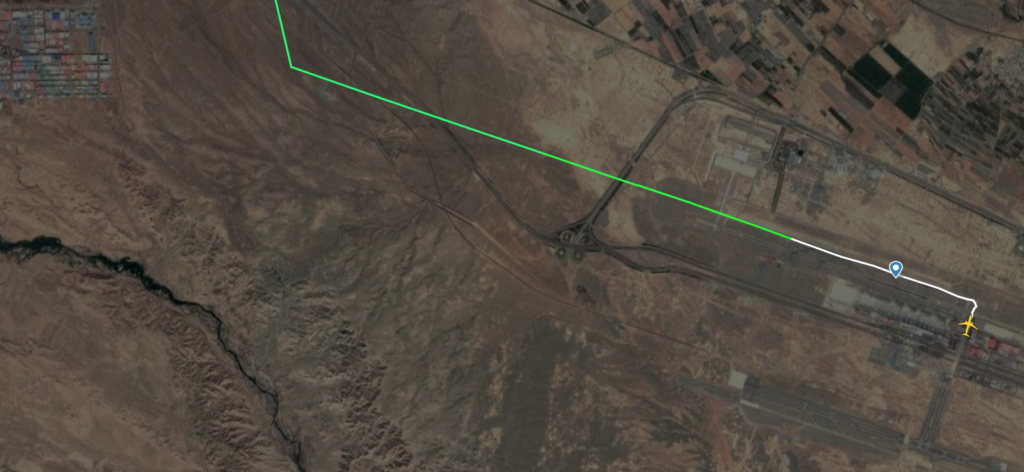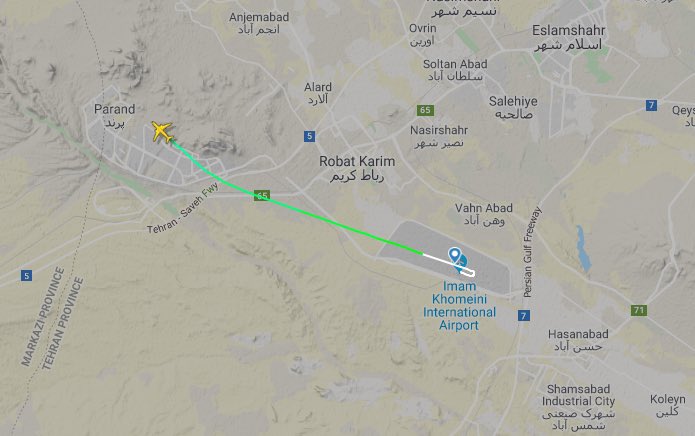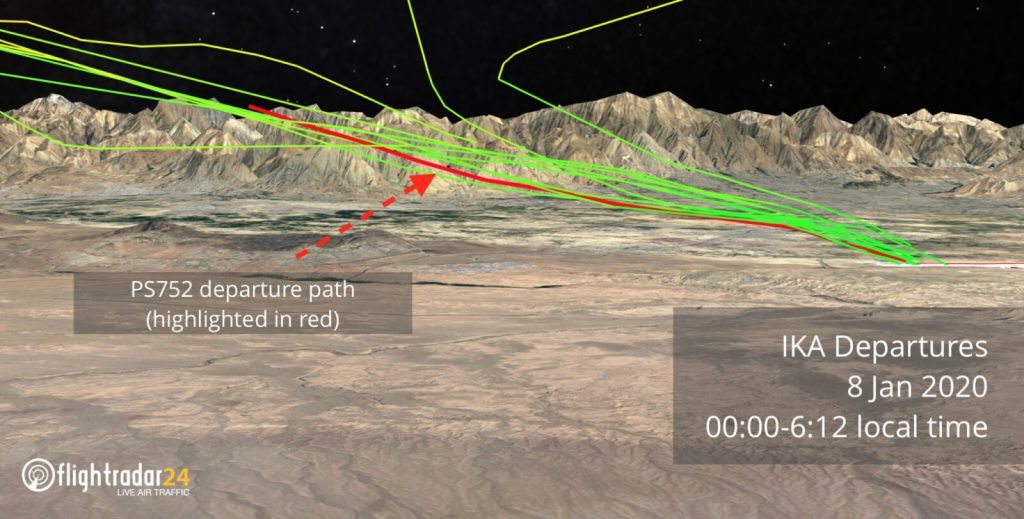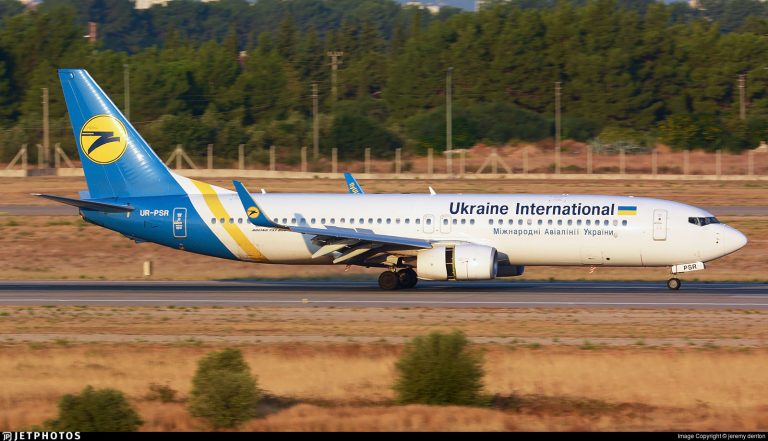The Tor missile launch against UIA PS752 flight from Tehran to Kiev on January 9, killing all passengers and crew has signs of deliberate action of the operator.
The Iranian Aerospace Forces claim that “during the flight, the aircraft appeared to be in close proximity to one of the important military facilities of the Islamic Revolutionary Guard Corps, resembling a hostile object in shape and flying height.”
Commander of Aerospace Force of the Islamic Revolutionary Guard Corps (IRGC), Amir Ali Hajizadeh said the UIA had requested a no-fly zone in the war-torn territory before the crash. “The IRGC commander said that they had asked to create a no-fly zone in view of the war. But this has not been approved for some reason”.
According to Hajizadeh, the air defense command post commander in the area of responsibility sent a permission request to the high command, but, without receiving a response within 10 seconds, decided to give the command to launch the missile. After that, he informed the command that the guided missile had been fired.
It seems clear that a 10 second time interval is Tor missile system’s “working time (reaction time) which coincides with its technical specification. That is, the time between the target acquisition by air defense and its shot readiness.
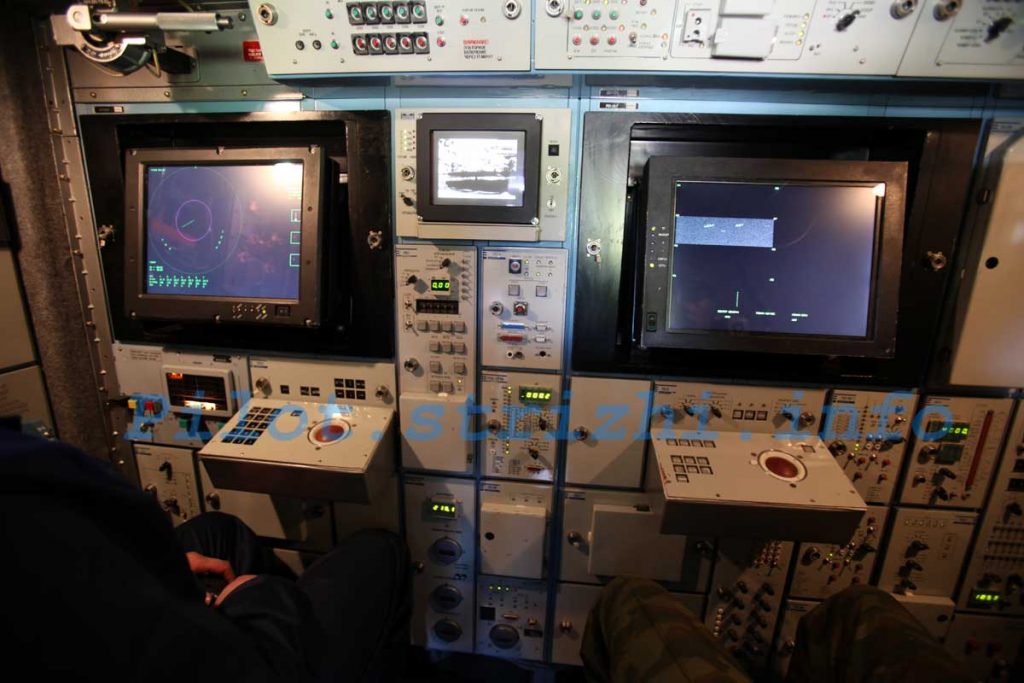
The question arises as to the mode the air defense system worked. If that was automatic mode, the operator had to make a decision to cancel the missile launch within 10 seconds. In the case of manual mode, – the decision to launch. Thus, from a legal point of view, the question arises of the actions that led to the plane crash or the inactivity that led to it. Iran’s TOR systems supplied in 2007 didn’t have automatic mode option.
If the system worked automatically, that means that Russia had upgraded the Tor missile system after 2007.
TOR radar target detection range is 32 km. The distance from the runway edge to the probable launch point within 32 km. Concequently, the takeoff target should have appeared on the radar screen as appearing in the radar field, rather than coming from outside the area. The air defense system crew had a pretty sense of their position and situation around them, airport, landing strip and international flights corridors included.
On January 9, 2020, the Tehran airport’s online scoreboard indicated that the following aircraft had departed from the airport before PS752:


Thus, the aircraft takeoff intervals starting from 04:23 till PS752 flight departure were 8-33min.
Two identical Airbus A320-214, Airbus A321-231, Airbus A330-303 flew from the airport during this period.

Thus, the air defense system crew should have seen proportional targets five times between 4:32 and 06:12. The FlightRadar24 data illustrates an identical height gain for all the planes that took off during this time period. Accordingly, the air defense system crew saw similar targets appearing on the radar and following the same route for 5 times.
Thus, even under psychological stress, PS752 flight appearing on the radar could not come as unexpected and cause the inability to identify the target or perceive it as a cruise missile.
